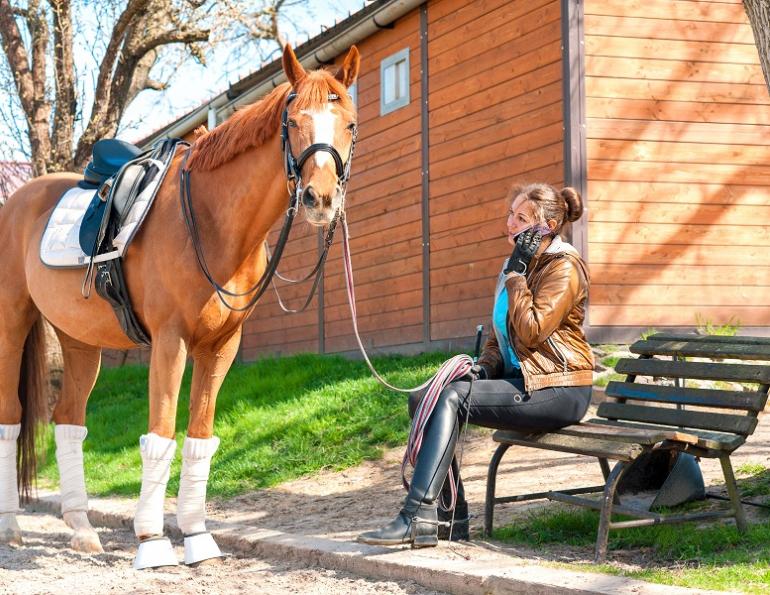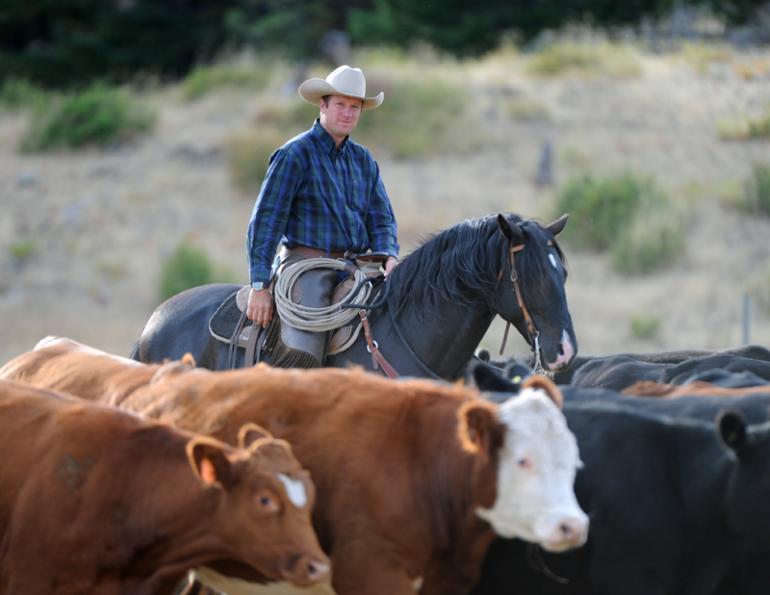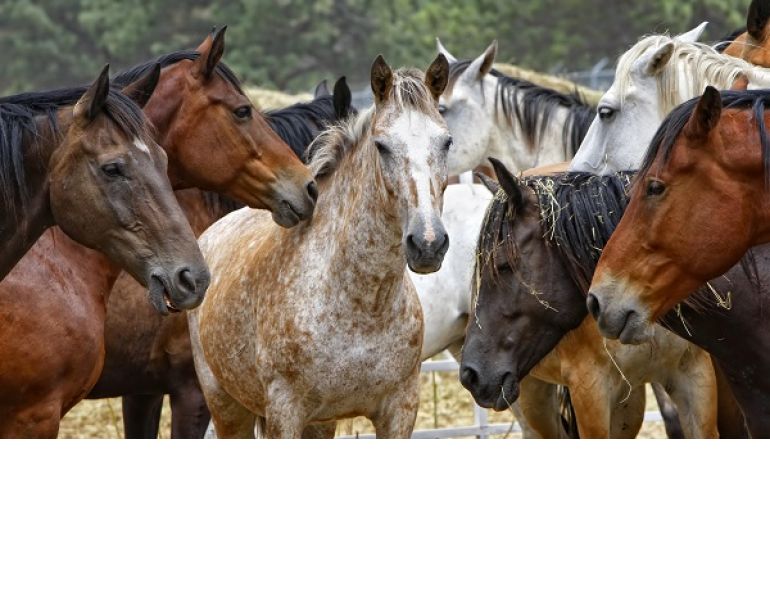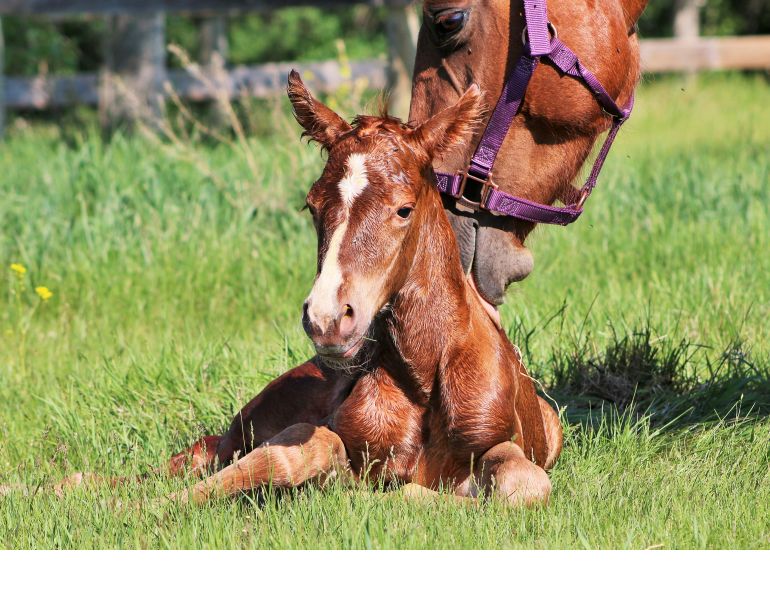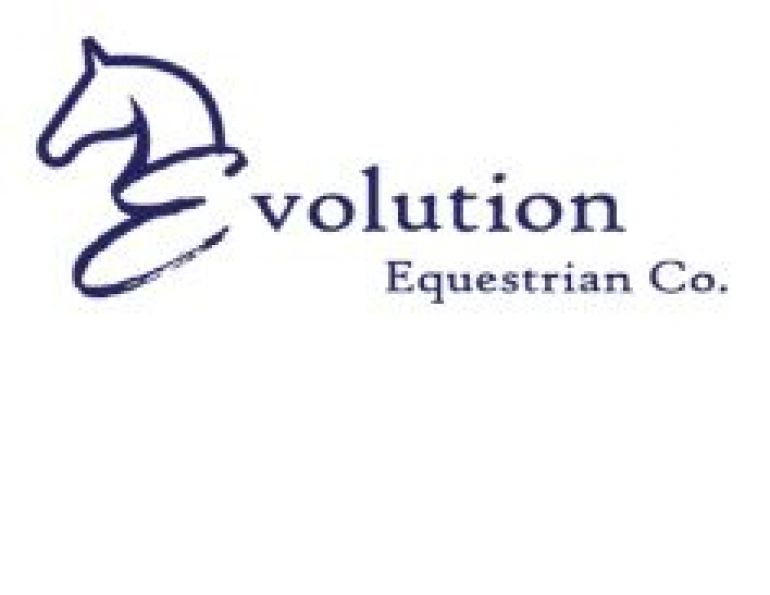By Karen L. Weslowski, LL.B., Litigation Lawyer
For people who do not have the time or money to buy their own horse, leasing is a great alternative to horse ownership. Leasing can provide the enjoyment of a horse without the added responsibility or cost. For horse owners, leasing can help reduce some of the costs associated with horse ownership. The key to a successful horse lease is to ensure that all parties are aware of their rights and obligations under the lease. This article will discuss some of the issues that arise in the context of a leasing contract and provide suggestions with respect to negotiating and drafting a horse lease.
The Leasing Contract
A lease is a particular type of contract. A contract is an agreement, either written or oral, with specific terms between two or more people (or corporations) in which there is a promise to do something in return for a valuable benefit, known in the law as “consideration.” Contracts do not need to be in writing to be enforceable. However, if a dispute arises, it is often difficult to prove the existence and terms of an oral contract. As such, when possible, leasing contracts should be in writing.
The person from whom the horse is being leased (generally the owner of the horse) is referred to as the “lessor.” The person who is leasing the horse is referred to as the “lessee.”
Types of Leases
There are a variety of leasing contracts, including a full lease, a half-lease or a part-lease. There may be other names for these leases, as there is no correct, “technical” term for the various types of leases.
Full-Lease
In the full lease situation, the lessee usually pays for all of the horse’s costs, such as boarding, feed, veterinarian bills, and farrier bills, in return for being able to use the horse whenever the lessee wants. This situation is the most akin to horse ownership. Generally, a full lease does not restrict riding times and days or the uses to which the horse can be put, for instance, attendance at horse shows. In addition to paying all the horse’s expenses, the lessor may require payment of a lease fee. The lease fee can be calculated as a percentage of the horse’s total value. For instance, if the lease fee is calculated at 25 percent of the horse’s value, and the horse is worth $10,000, the lease fee will be $2,500 per year.

In a full lease situation, the lessee usually pays all the horse’s expenses, including feed, board, farrier, and veterinary costs. Photo: Canstock/Cretien
In a half-lease, the expenses are split equally between the lessee and the lessor in exchange for the lessee’s right to care for and ride the horse 50 percent of the time. In a part-lease, the lessee has a right to ride the horse a predetermined number of times per week, in exchange for the payment of a percentage of the horse’s expenses, or, in some cases, a flat fee.
Pre-Lease
Prior to leasing a horse, the lessee may wish to have a vet check done. The vet check will allow the lessee to know what, if any, pre-existing conditions the horse has before entering into the leasing contract. This could be important if the horse goes lame or dies during the term of the lease and the lessor blames this on the lessee’s usage of the horse. In that scenario, the lessor may look to the lessee for compensation (unless the lease specifically deals with that eventuality, which is discussed below). If the lessee cannot prove that an unrelated or pre-existing condition caused the lameness or death, this could cause difficulties for the lessee.
Related: The Value of Horse Boarding Agreements
Terms of a Leasing Contract
- A good leasing contract should contain the following information:
- The name of the horse’s legal owner and the name of the lessor (if not the same person);
- The name of the lessee;
- A complete description of the horse, including its registered name, registration number, sex, breed, height, colour, age and markings;
- The starting date of the lease;
- The end date of the lease;
- A term as to who is responsible for payment of the following expenses or, if to be shared, the respective percentages payable by lessor and lessee, and a term as to whom these payments are to be made (for instance, if shared, does the lessee pay the lessor directly for their portion or does the lessee pay their portion of the bill directly): board, farrier, veterinarian, feed (if not included in board), lesson fees, and horse show fees;
- Whether the lease can be terminated before the end date, and, if so, on what terms;
- Whether the lease can be renewed;
- The names of the persons allowed to ride the horse (if anyone other than the lessee);
- Whether the lessee must take lessons from a certain instructor, or if they can choose any instructor;
- How often the lessee can ride the horse and if there are any restrictions on the uses to which the lessee can put the horse (for instance, a restriction on the height the lessee is allowed to jump the horse);
- Whether the lessee can take the horse off the property for trail rides;
- The lessor may want to include a term that the lessee uses the horse at their own risk, and that the lessor is not responsible for any loss or damage caused to the lessee as a result of any activity associated with use of the horse; and,
- There may be a number of other issues to be included, such as who determines the horse’s farrier schedule, feeding needs, training needs, and even small things such as mane pulling, clipping, and hoof polish. Disagreements about these small things can often cause the most irritation and resentment between the parties to a lease. If there are additional terms to be included, the parties to the lease should discuss any particular concerns they have.
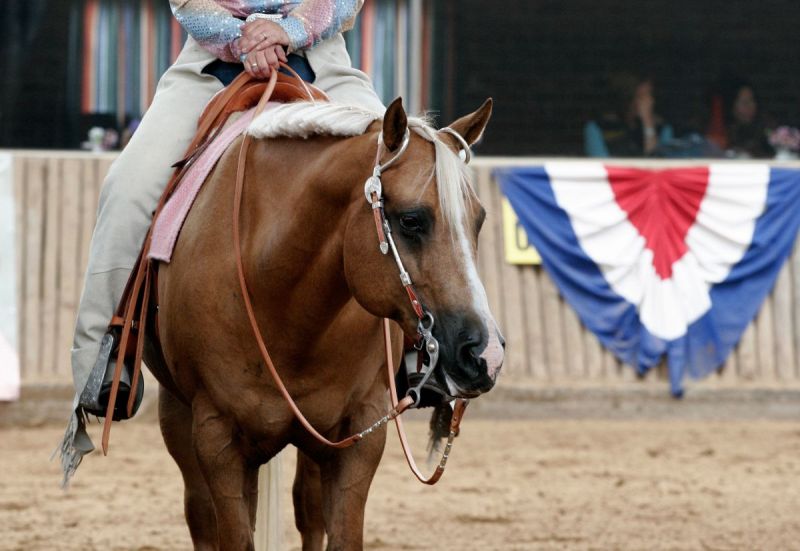
All parties should be clear as to their rights and responsibilities under the lease, including the names of the persons who are allowed to ride the horse, how often the horse may be ridden, and whether or not the horse can be shown. Photo: Canstock/Pictries
As noted, the parties may also want the lease to address what happens if the horse goes lame or, even worse, dies during the term of the lease. If this happens as a result of the fault of the lessee (which could be difficult to prove), will the lessee be required to pay the lessor a fixed sum as compensation? Conversely, what if the horse goes lame through no fault of the lessee? In that situation, will the lessee get a refund of the lease fee and associated expenses since the lessee is not getting use of the horse? These are issues that the parties should discuss in advance of making the lease agreement. If lessors have particular concerns, they should specify them in the terms of the lease. If lessees are in doubt as to what the terms of the lease will be, they should ask and obtain clarification.
Insurance
It may be in the lessor’s interest to require the lessee to obtain insurance on the horse to provide payment in the eventuality of the horse’s lameness or death, whether such lameness or death occurred through the fault of the lessee or as a result of an unrelated cause.
Even if the lessor has not required the lessee to obtain insurance on the horse as a term of the lease, it may be advisable for the lessee to obtain such insurance. By doing this, the lessee protects themselves should the horse become lame or die while under their care. This is particularly important if the horse is quite valuable and the lessee could not afford to purchase a replacement horse for the lessor.
Summary
The most important aspect in negotiating and drafting a horse lease is to ensure that all parties are clear as to their rights and responsibilities under the lease. Once that is accomplished, all parties should be free to focus on the horse and enjoy the benefits of the lease!
This article is provided as an information service only and is not meant as legal advice. Readers are cautioned not to act on the information provided without seeking specific legal advice with respect to their unique circumstances and the applicable law in their province of residence.
Main Photo: Shutterstock/AnnaElizabeth Photography



